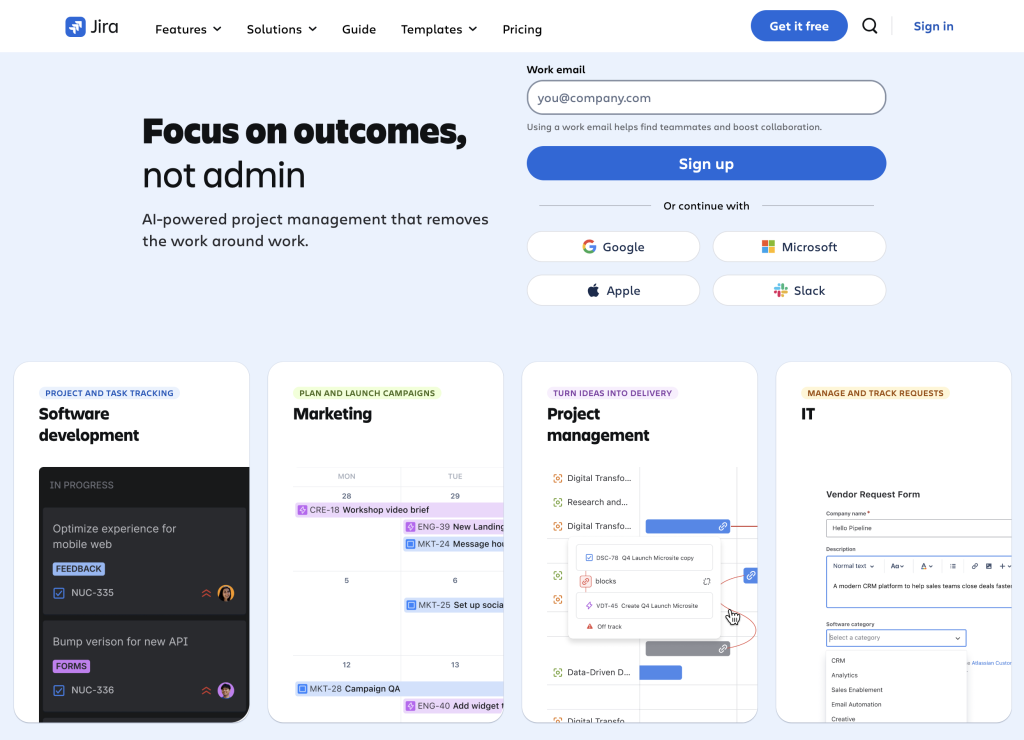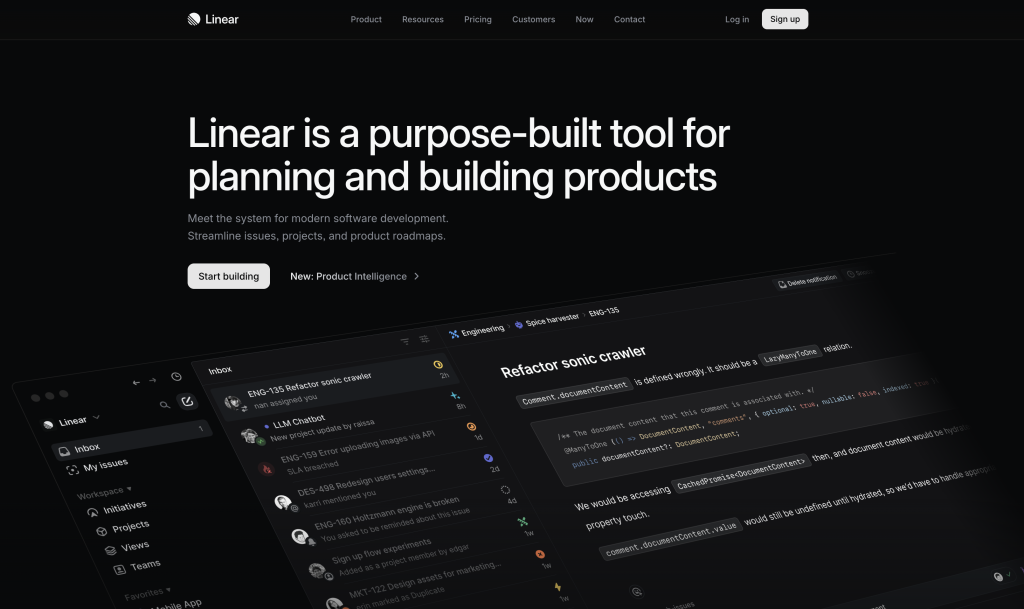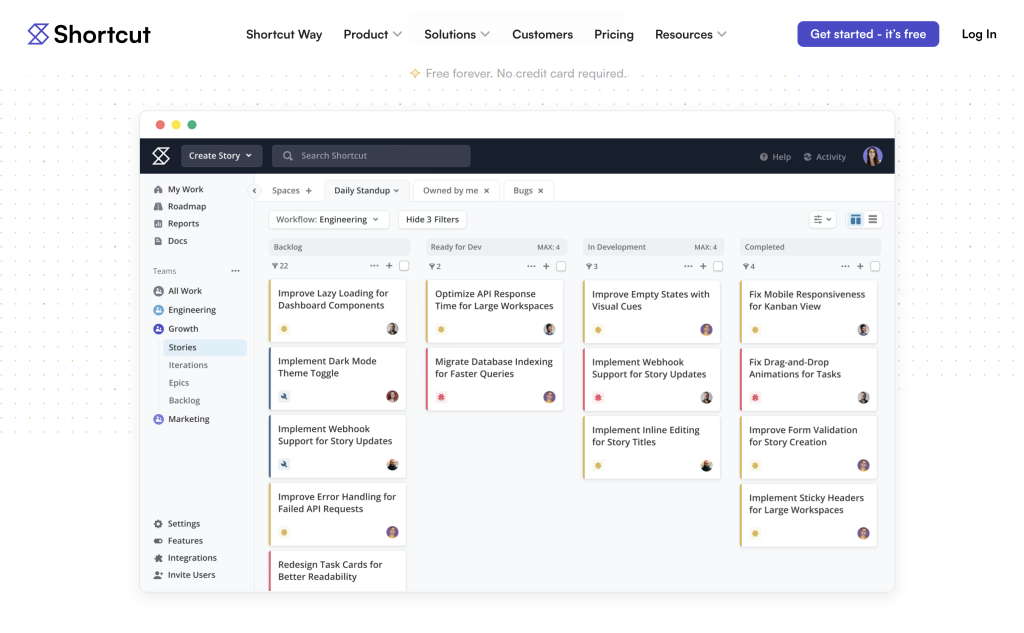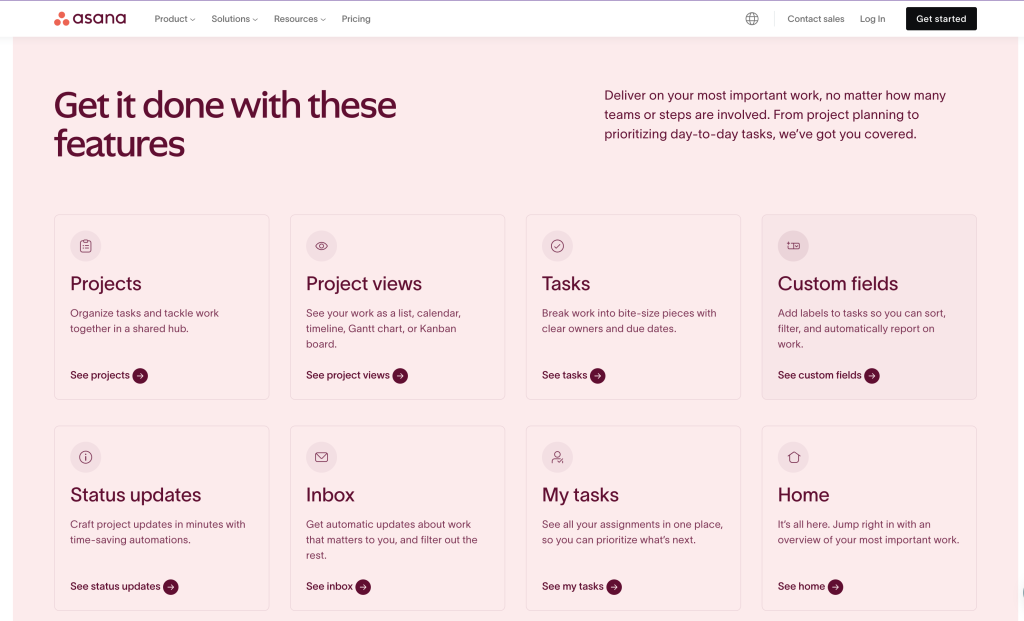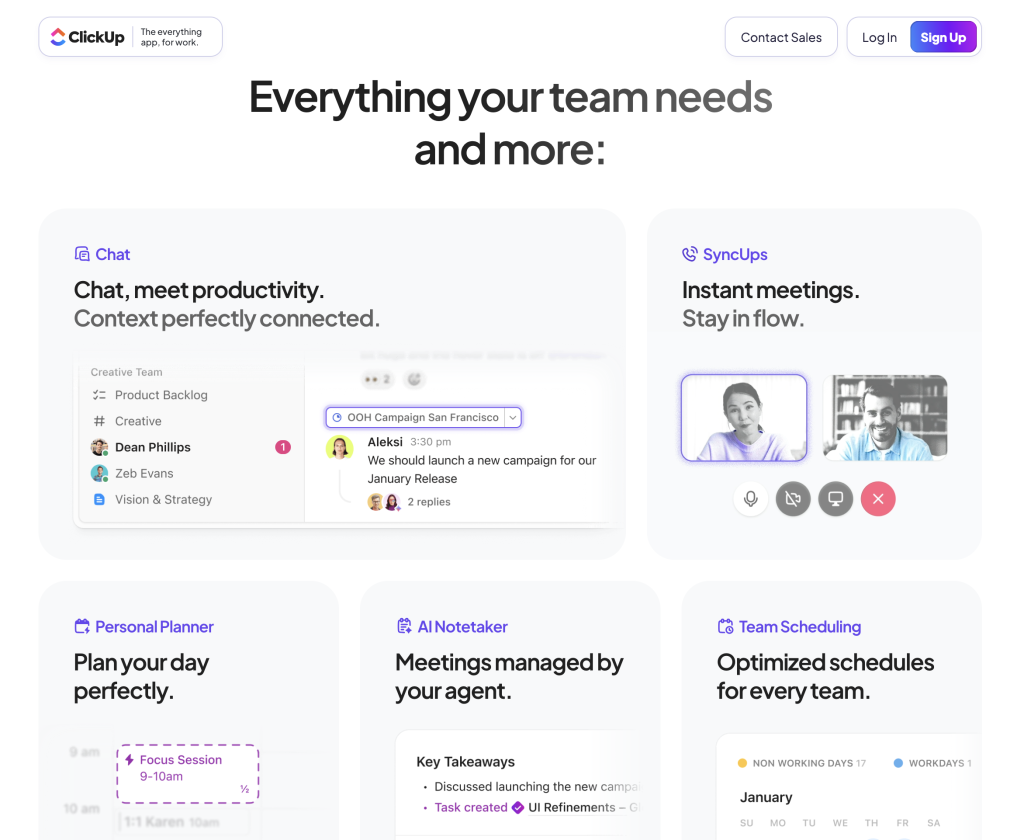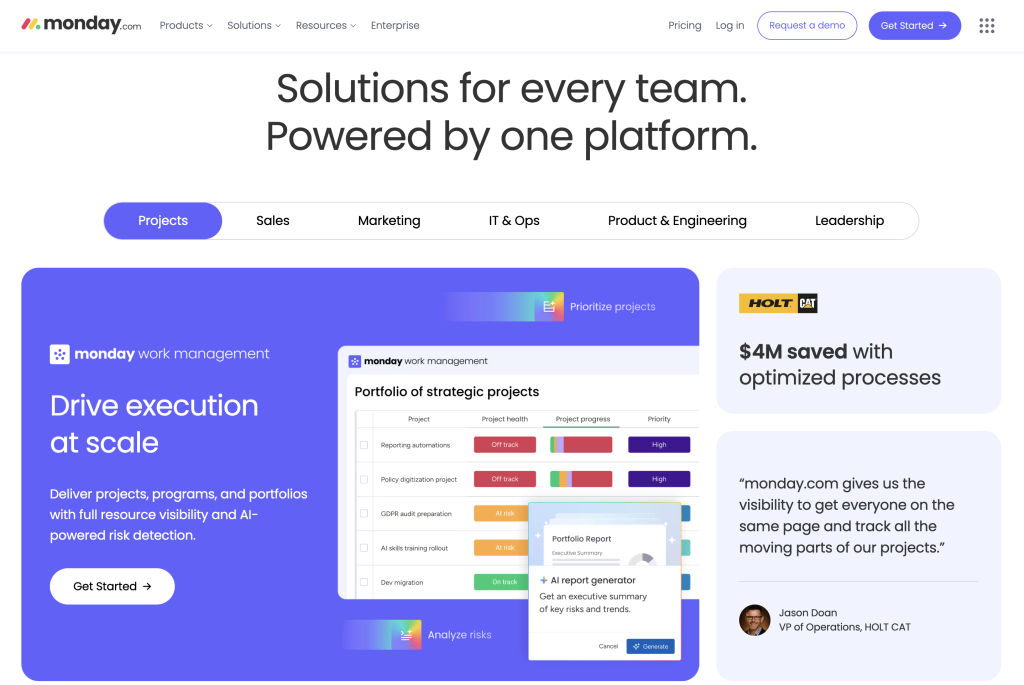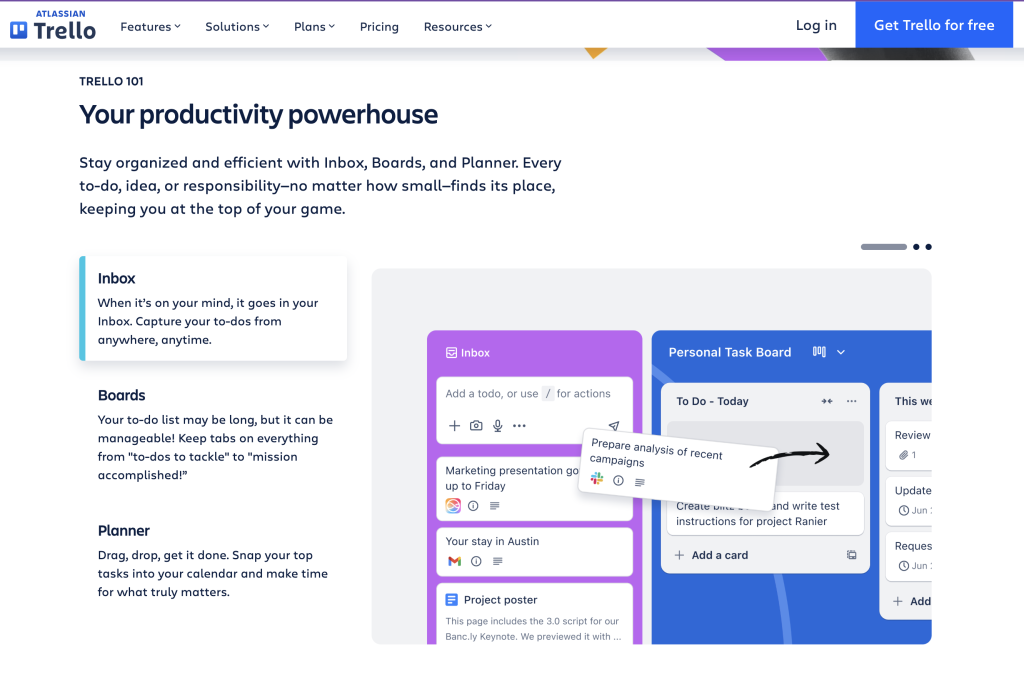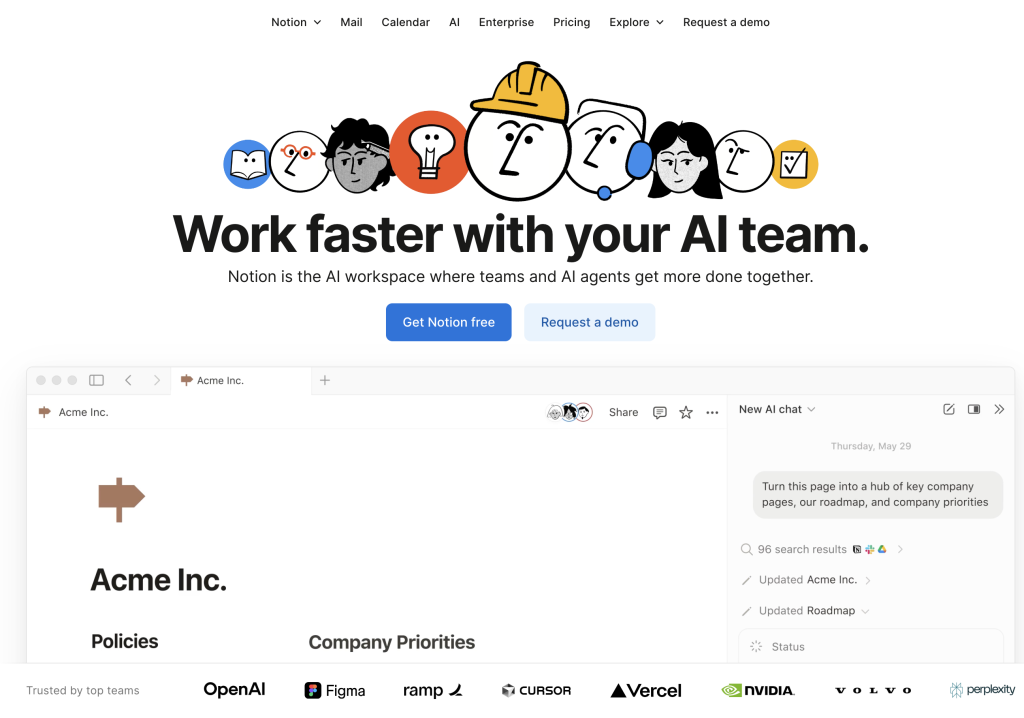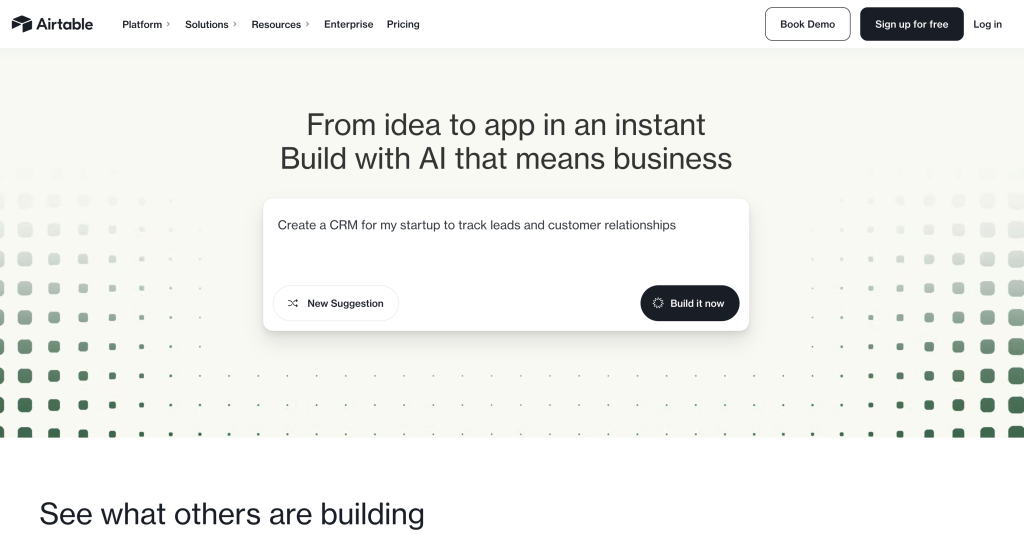SaaS Project Management: Strategies, Tools, and Best Practices for Scaling Teams
October 13, 2025 • 11 min read

Managing projects in a SaaS business comes with its own set of challenges. Unlike traditional industries where projects often have a defined beginning and end, SaaS is about continuous delivery, constant iteration, and meeting the expectations of both internal teams and external customers. Strong project management ensures that teams stay aligned, product roadmaps move forward, and customers see real value on time.
Key takeaways
- SaaS project management is different from traditional approaches, requiring adaptability and speed.
- Using the right methodologies and tools improves delivery and customer outcomes.
- Metrics and KPIs provide clarity on whether your team is executing effectively.
- A Fractional CPO can bridge gaps in leadership and help SaaS teams manage projects at scale.
What is SaaS project management?
SaaS project management refers to the processes, tools, and strategies used to manage product development and operational projects in software-as-a-service companies.
Unlike traditional project management where timelines and deliverables are fixed, SaaS projects deal with:
- Continuous updates and rapid release cycles
- Multiple teams working across product, marketing, and customer success
- Customer-driven prioritization based on usage and feedback
- Scalability challenges as the business grows
Traditional vs SaaS project management comparison
| Aspect | Traditional Project Management | SaaS Project Management |
| Project structure | Fixed scope with a defined start and end | Continuous, ongoing development with evolving goals |
| Release cycles | Long release timelines, often months or years apart | Frequent, incremental updates released weekly or even daily |
| Customer involvement | Feedback mainly after final delivery | Constant feedback integrated into each iteration |
| Team collaboration | Linear handoffs between departments | Cross-functional collaboration across product, engineering, marketing, and customer success |
| Flexibility | Difficult and costly to adapt to changes | Highly adaptable, scope evolves based on real-time data and user feedback |
| Metrics of success | Measured by deadlines, budgets, and scope adherence | Measured by user adoption, retention, and ongoing performance |
| Tools and methodologies | Waterfall models, Gantt charts, and static planning tools | Agile, Scrum, Kanban, and continuous delivery platforms |
Why project management is critical for SaaS success
SaaS companies live and die by speed, innovation, and customer experience. Without effective project management, features ship late, resources are wasted, and customer satisfaction drops.
Good project management leads to:
- Faster time-to-market
- More predictable release schedules
- Improved collaboration across distributed teams
- Stronger alignment between product roadmap and company goals
For example, many SaaS startups struggle with prioritization. By implementing structured project management, they can move from reactive decision-making to proactive planning that drives growth.
Key methodologies used in SaaS project management
SaaS companies thrive on speed, adaptability, and continuous delivery. Choosing the right project management methodology is critical because it shapes how teams collaborate, how fast they release updates, and how effectively they respond to customer needs. While no single framework works for every business, there are several proven approaches that SaaS teams adapt to their unique environments.
Agile and Scrum
Agile is the most widely adopted approach in SaaS because it emphasizes flexibility and constant iteration. Within Agile, Scrum is a common framework where work is divided into short cycles known as sprints. This helps teams deliver value quickly, test assumptions, and gather customer feedback on a regular basis.
Key benefits:
- Fast-paced delivery that matches customer expectations
- Clear roles within teams (product owner, scrum master, developers)
- Continuous improvement through sprint retrospectives
For SaaS companies that release features weekly or even daily, Agile and Scrum provide the structure needed to manage complexity while remaining adaptable.
Kanban
Kanban focuses on visualizing workflows and limiting work in progress. By moving tasks across a digital board, teams gain clarity on where bottlenecks occur and can optimize efficiency.
Why it works well for SaaS:
- Helps support teams manage bug fixes, customer requests, and operational tasks
- Encourages a steady, sustainable flow of work without overloading the team
- Provides instant visibility into project status
Kanban is especially effective for SaaS companies running continuous delivery pipelines, where tasks of varying size and urgency must be managed in real time.
Lean project management
Lean is about maximizing value while minimizing waste. It encourages teams to validate ideas quickly, cut out unnecessary steps, and focus only on what drives results.
Practical SaaS applications:
- Testing MVPs before fully committing resources
- Validating product-market fit with minimal investment
- Removing redundant processes that slow down development
For SaaS startups in particular, Lean helps conserve resources while ensuring that every feature or project delivers measurable impact.
Hybrid approaches
As SaaS companies grow, they often need to blend elements of different methodologies. A small startup might begin with Lean to validate ideas quickly, then layer Scrum on top to manage development cycles. Later, Kanban boards can be introduced to improve transparency for customer success or operations teams.
Examples of hybrid models in SaaS:
- Using Scrum for development sprints while adopting Kanban for customer support tasks
- Combining Lean validation with Agile execution to balance experimentation and delivery
- Adopting scaled Agile frameworks (SAFe) for large organizations managing multiple teams and products
Hybrid approaches recognize that SaaS environments are rarely static. By mixing and adapting methodologies, companies can scale their project management practices as their needs become more complex.
Comparison of project management methodologies in SaaS
| Methodology | Best suited for | Key strengths | Potential limitations |
| Agile & Scrum | Development teams focused on frequent releases and customer feedback | Fast iterations, clear team roles, continuous improvement through retrospectives | Requires discipline and experience to manage effectively, can become rigid if poorly implemented |
| Kanban | Teams managing ongoing workflows like support, QA, or continuous delivery | Visual task management, easy to adopt, promotes steady flow and transparency | Less structure for planning long-term goals or complex dependencies |
| Lean | Early-stage SaaS teams testing MVPs or validating product-market fit | Eliminates waste, prioritizes value, accelerates learning and validation | May lack structure for scaling or managing large, cross-functional projects |
| Hybrid approaches | Growing or scaling SaaS companies balancing multiple team types | Flexible, adaptable, combines best of multiple methods, scalable for diverse teams | Can create confusion if frameworks overlap or lack clear ownership |
Different types of SaaS project management tools
In SaaS, project management tools are more than just task trackers, they shape how teams collaborate, prioritize, and deliver work. The challenge is not finding a tool, but choosing one that fits your workflows, scales with your company, and integrates with the rest of your tech stack. A lightweight platform may be ideal for a small startup experimenting with fast iterations, while a growing SaaS company with multiple teams often needs advanced reporting, automation, and integrations with CRMs or analytics tools.
The right choice helps reduce friction, gives visibility across departments, and ensures projects move forward in sync with product and business goals.
Different teams within a SaaS company have distinct needs, which is why it helps to group tools by the type of work they support:
- Product and engineering teams: Jira, Linear, Shortcut
- Cross-functional collaboration: Asana, ClickUp, Monday
- Customer-facing teams: Trello, Notion, Airtable
The best tools integrate with CRMs, analytics, and customer success platforms to create a single source of truth.
Best SaaS project management tools
The right project management tool can make or break efficiency in a SaaS company. Since SaaS teams often span product, engineering, customer success, and operations, choosing software that fits your workflows is critical. Below is a comparison table of the most popular options, followed by a breakdown of their strengths, weaknesses, and ideal use cases.
| Tool | Best for | Pros | Cons |
| Jira | Complex dev teams needing Agile | Highly customizable, strong reporting, dev-friendly integrations | Can feel heavy and complex for non-technical teams |
| Linear | Modern, fast-growing dev teams | Sleek design, fast performance, great GitHub/GitLab integration | Limited advanced features compared to Jira |
| Shortcut | Startups needing balance of simplicity and power | Easy to use, flexible workflows, less clutter than Jira | Lacks depth for enterprise-scale projects |
| Asana | Cross-functional collaboration | User-friendly, strong collaboration features, great for marketing/product | Less suited for highly technical teams |
| ClickUp | All-in-one project hub | Highly flexible, customizable dashboards, affordable | Can be overwhelming with too many features |
| Monday | Teams that need visual workflows | Easy setup, visual boards, strong automation | Some features locked behind higher pricing tiers |
| Trello | Simple task tracking | Intuitive boards, easy adoption, free tier available | Lacks advanced reporting and scaling features |
| Notion | Documentation + lightweight PM | Combines docs and tasks, flexible for small teams | Weak in project reporting and task automation |
| Airtable | Database-driven projects | Great for organizing complex data, customizable views | Can be too complex for simple task management |
Jira
Jira is the industry standard for software development teams that follow Agile or Scrum. It is powerful, customizable, and integrates deeply with engineering workflows.
- Best for: Large or technical SaaS teams managing complex product roadmaps.
- Pros: Advanced reporting, sprint tracking, customizable workflows.
- Cons: Steep learning curve, heavy for non-technical users.
Linear
Linear is a newer tool designed with speed and simplicity in mind. It’s built for developers who want efficiency without the overhead of Jira.
- Best for: Modern SaaS teams looking for a clean, fast alternative to Jira.
- Pros: Sleek UI, blazing fast, integrates well with GitHub/GitLab.
- Cons: Missing advanced features like in-depth reporting and enterprise-level customization.
Shortcut
Previously known as Clubhouse, Shortcut strikes a balance between Jira’s power and Trello’s simplicity.
- Best for: Startups and small SaaS companies wanting flexibility without complexity.
- Pros: Easy to set up, lightweight but versatile, good balance of features.
- Cons: May lack depth for scaling companies with advanced needs.
Asana
Asana is popular with product, design, and marketing teams thanks to its clean interface and collaboration features.
- Best for: Cross-functional SaaS teams managing both technical and non-technical projects.
- Pros: User-friendly, strong collaboration tools, excellent for OKRs and roadmaps.
- Cons: Less technical depth for software development teams.
ClickUp
ClickUp aims to be the all-in-one platform for project management, combining task tracking, docs, goals, and dashboards.
- Best for: SaaS companies that want one tool to cover multiple use cases.
- Pros: Affordable, extremely flexible, customizable views.
- Cons: Can feel overwhelming with too many features and options.
Monday
Monday is known for its colorful boards and visual workflows, making it easy for non-technical teams to track progress.
- Best for: Teams that want a visual, intuitive interface for collaboration.
- Pros: Easy onboarding, automation features, highly visual.
- Cons: Advanced functionality often requires higher-tier plans.
Trello
Trello remains one of the simplest tools, great for small projects and teams that just need basic task tracking.
- Best for: SaaS startups or customer-facing teams tracking small projects.
- Pros: Easy adoption, drag-and-drop interface, generous free plan.
- Cons: Limited advanced features and scalability.
Notion
Notion is a versatile tool that combines project management, documentation, and databases. Many SaaS startups use it for lightweight project tracking alongside team knowledge bases.
- Best for: Small SaaS teams that want documentation and lightweight PM in one.
- Pros: Flexible, combines notes and tasks, strong community templates.
- Cons: Weak reporting, lacks automation for complex project tracking.
Airtable
Airtable bridges the gap between spreadsheets and databases, making it ideal for teams managing complex datasets.
- Best for: SaaS projects that require structured data management alongside task tracking.
- Pros: Highly customizable, great for large data sets, strong integrations.
- Cons: Overkill for teams that only need simple project management.
Best practices for managing SaaS projects
SaaS project management goes beyond tools and frameworks. Execution relies on practices that keep teams aligned and customers at the center. Here are 5 proven best practices:
- Align projects with product roadmaps: Projects should tie directly into business goals and customer outcomes, not just internal ideas.
- Prioritize continuously: Customer data, feedback, and usage should drive prioritization. Static backlogs often lead to wasted effort.
- Set realistic sprints and milestones: Overcommitting can lead to burnout and missed deadlines. SaaS teams should set achievable goals while leaving room for unexpected changes.
- Invest in documentation and communication: With remote teams now standard, clear documentation and communication practices prevent costly misunderstandings.
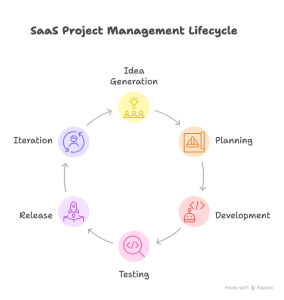
Metrics and KPIs that matter in SaaS project management
Project management only delivers value when it is measurable. SaaS companies should track:
- Feature velocity: how quickly new features are shipped
- Sprint predictability: how often teams deliver as planned
- Adoption and churn impact: whether projects improve customer satisfaction
- Resource utilization: ensuring teams aren’t over or under capacity
How project management evolves as SaaS companies scale
Project management needs are not static. They evolve as the company grows:
- Early stage (< $1M ARR): lean processes, focus on experimentation and validating product-market fit.
- Growth stage ($1M–$10M ARR): structure becomes necessary, more formal project tracking and collaboration tools emerge.
- Scaling stage ($10M+ ARR): advanced project management offices (PMOs), heavy use of automation, and integration across departments.
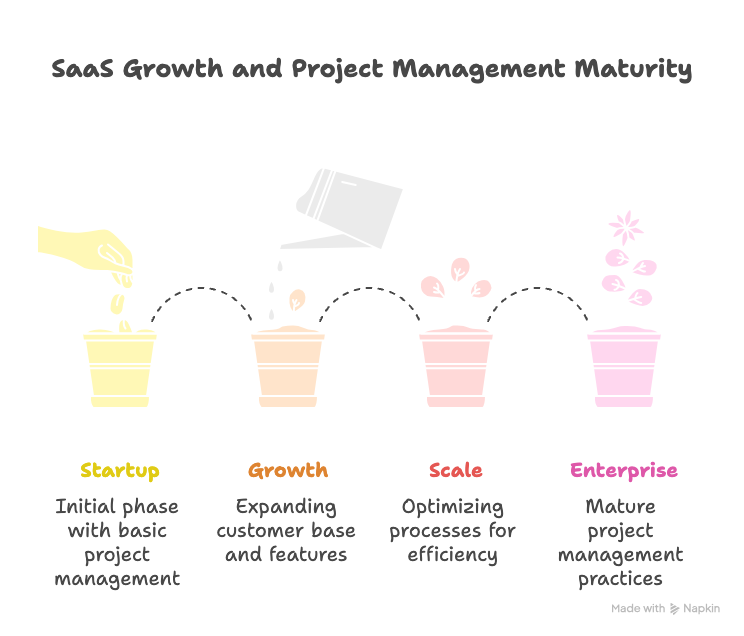
Cultural alignment at the Scale-up stage
At the Scale-up stage, the way projects and product development are managed directly reflects the company’s culture. After advising dozens of SaaS startups, I’ve noticed a recurring pattern: teams that are likely to succeed have a sense of SYNC with open communication between product and engineering, flexible processes, and the ability to reprioritize in real time. In contrast, teams with lower chances of success often rely on overly mechanical processes, sometimes bordering on a Waterfall approach, which slows down time to market and reduces their ability to adapt to customer needs.
Industry data reinforces this observation. The BenchmarkIT 2024 report shows that SaaS companies with mature agile project management processes achieve, on average, 21% higher Net Revenue Retention compared to those with rigid, “heavy” workflows (Maxio, 2024). Similarly, a VersionOne study found that 58% of organizations that adopted Agile reported significant improvements in cross-team collaboration (Parabol, 2024). According to Business Research Insights, the SaaS project management market is projected to grow at a 9.72% CAGR through 2034, signaling that agile, cloud-based approaches are becoming the industry standard.
The role of a fractional CPO in SaaS project management
Even with the best tools and processes, many SaaS teams lack senior leadership to tie project execution back to business goals. This is where a fractional CPO (Chief Product Officer) can make a difference.
A fractional CPO can:
- Align product roadmap with company strategy
- Ensure project management practices scale with the business
- Introduce proven frameworks and tools for faster execution
- Oversee cross-functional teams without the cost of a full-time executive
Need expert guidance to improve your SaaS project management? Our Fractional CPO services can help you execute faster, scale smarter, and deliver consistent value to customers.
Conclusion
SaaS project management is more than running sprints or choosing tools. It is about aligning people, processes, and technology to deliver value continuously. By combining the right methodologies, metrics, and leadership, SaaS companies can manage complexity and scale effectively.
A strong project management function does not just keep teams organized, it helps SaaS businesses grow. If your team needs strategic leadership to get there, a fractional CPO can bridge that gap.

Sivan Kadosh is a veteran Chief Product Officer (CPO) and CEO with a distinguished 18-year career in the tech industry. His expertise lies in driving product strategy from vision to execution, having launched multiple industry-disrupting SaaS platforms that have generated hundreds of millions in revenue. Complementing his product leadership, Sivan’s experience as a CEO involved leading companies of up to 300 employees, navigating post-acquisition transitions, and consistently achieving key business goals. He now shares his dual expertise in product and business leadership to help SaaS companies scale effectively.
